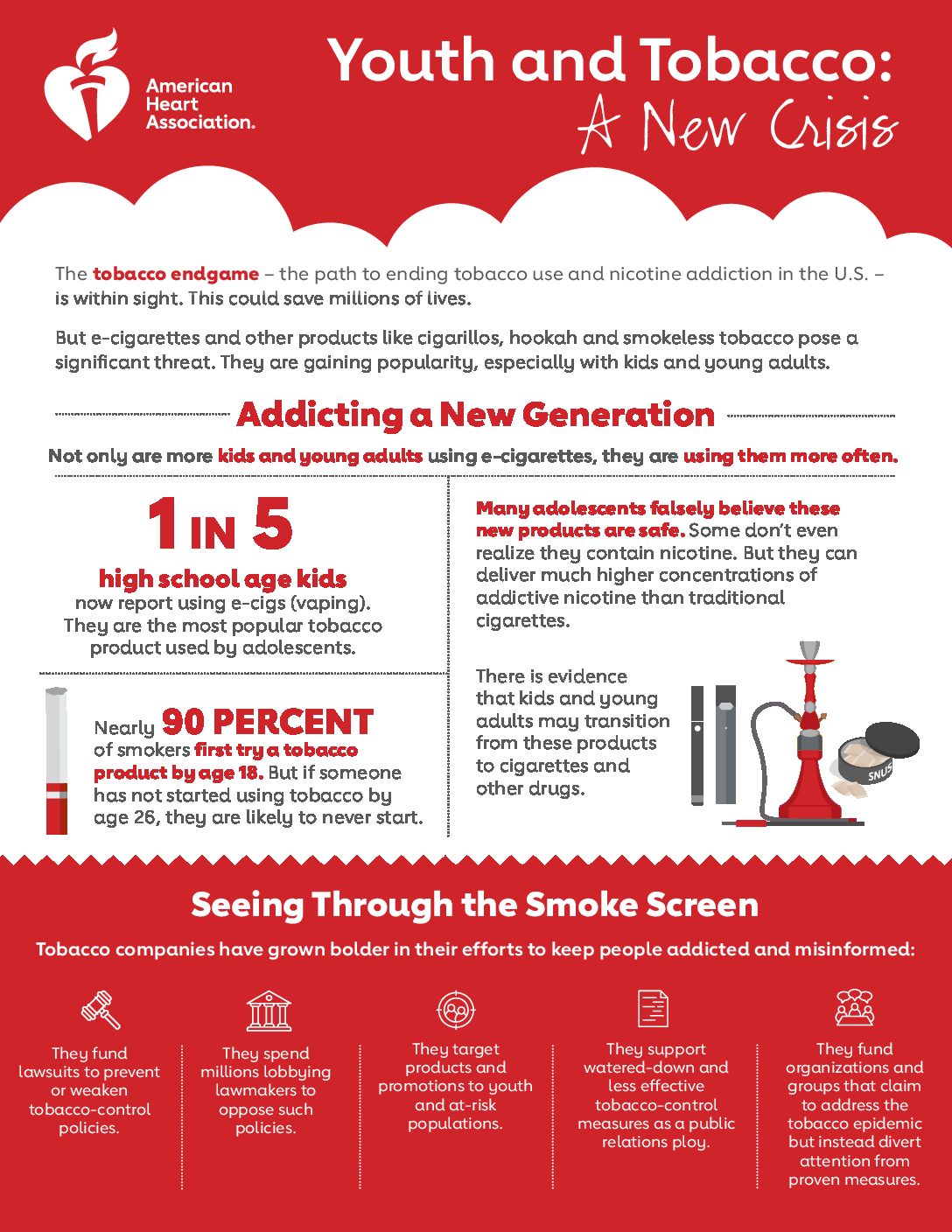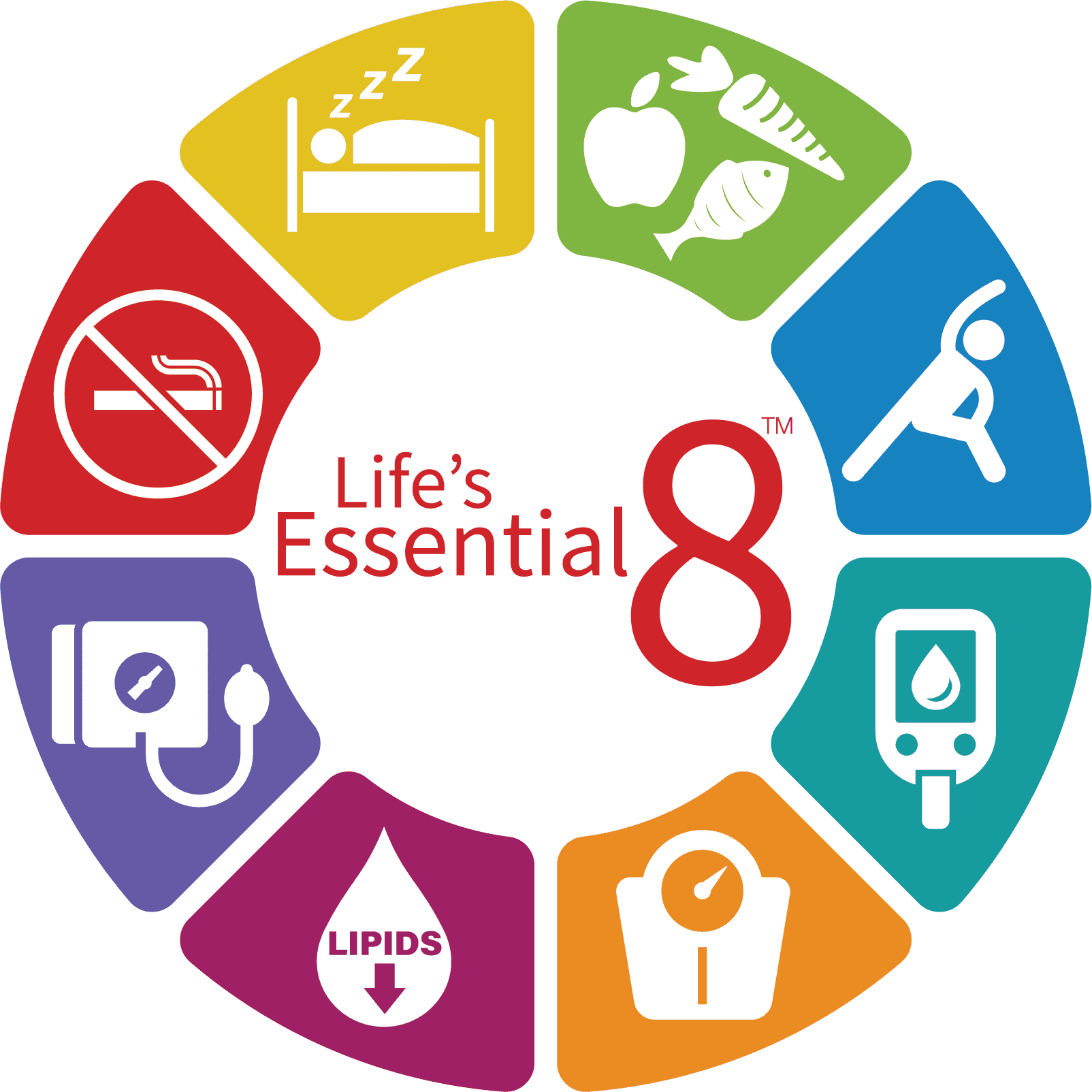From St. Joseph’s Health
Vaping is becoming an increasing epidemic among teens. Many users believe vape pens, e-cigarettes and other electronic nicotine delivery devices are safe, but that’s not the reality.
“When using e-cigarettes, one is not just inhaling flavored water vapor as a fair number of people believe,” said Christopher Owens, director of the CNY Regional Center for Tobacco Health Systems at St. Joseph’s Health. “Not only do these products contain nicotine, there are other harmful chemicals within the aerosol, such as heavy metals, volatile organic compounds, and toxic compounds. Some examples include formaldehyde (found in embalming fluid), cadmium (used in batteries), benzene (found in gasoline) and toluene (an industrial solvent). Both long term and acute damage to the lungs are possible as a result of exposure to e-cigarette aerosol chemicals.”
With the intense amount of tobacco marketing of the flavors and of e-cigarettes in general across the nation, youth e-cigarette use rates are skyrocketing. In New York state, the rate of high school youth usage increased 160 percent (from 10.5 percent to 27.4 percent) between 2014 and 2018. Flavors are cited by the majority of youth as being a primary reason for trying the products.
“For decades, tobacco companies have used flavored tobacco products to attract youth to try their product and then eventually that experimentation leads to addiction,” said Owens.
There is a strong correlation between e-cigarette flavoring and pulmonary issues. Recognizing that, Governor Andrew Cuomo recently banned the flavoring.
“Limiting the addition of flavors to the solutions is a great step in helping to curb the growing number of high school age and younger people trying the products and becoming increasingly nicotine dependent,” said Owens.
Vaping has proven to be a gateway to traditional tobacco products for youth. And, adults trying to quit traditional tobacco products have tried to quit with these products, but the data on the success of this is not in their favor.
“The e-cigarette products are not designed for this purpose, so as a result, when adults use them with the intention of quitting, more often than not, instead of quitting, the result is someone who is now a duel-user,” said Owens. “They transition back and forth between traditional tobacco products and the e-cigarette products based on situational opportunities.”
These people usually become more nicotine dependent, not less. Instead of trying to quit with e-cigarettes, talking to a doctor about their desire to quit is the best first step. Clinicians have access to both prescription and over the counter medications that have been proven to help quit. If you are a current e-cigarette user and have questions about pulmonary illness or your e-cigarette use, please call the New York State Vaping Hotline (1-888-364-3046).





